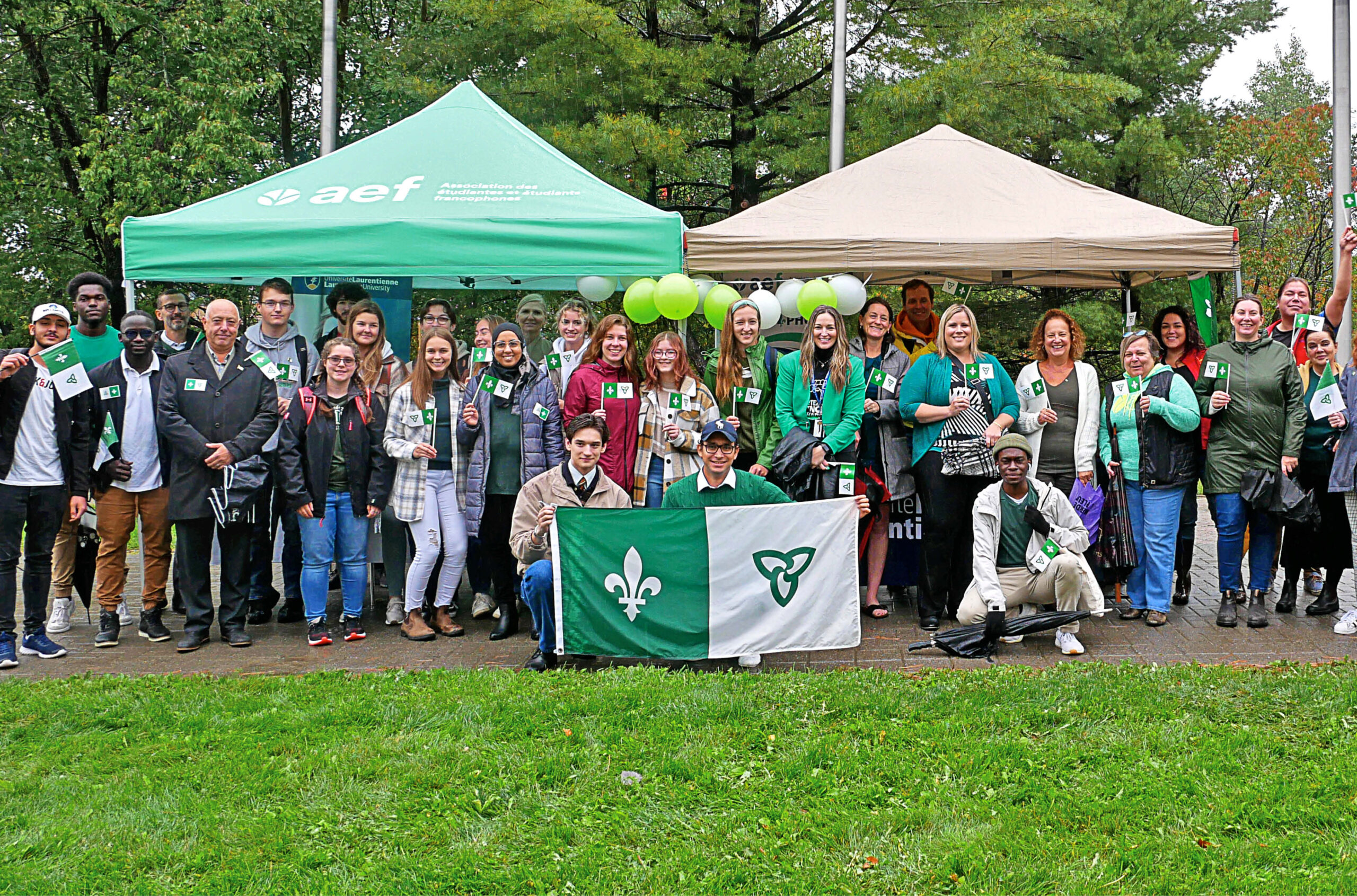Harm reduction program at UBCO expands into Okanagan region
Drug-checking services will be provided by an interdisciplinary team of students at a variety of sites.

Last fall, in an effort to improve the health of its community and reduce the stigma surrounding drug use, the harm reduction team (HaRT) at the University of British Columbia Okanagan launched a student-run program that provides free and confidential drug checking on campus. The program is aimed at preventing overdoses, and has since expanded into Okanagan Valley.
HaRT is comprised of an interdisciplinary student team trained to deliver drug-checking at a variety of sites, such as public mental health and substance use centres and a women’s shelter. Empowering students to deliver these services has several benefits, according to Samuel Tobias, a drug-checking research data co-ordinator at the British Columbia Centre for Substance Use (BCCSU).
“For students themselves [who are getting drugs checked], it is important to have someone like you offer these services because they can open up and make a connection right off the bat, instead of having a power dynamic with someone who is different from you,” he said.
The drug-checking program was formed through a partnership between the university, Interior Health, and the BCCSU. It was the first time a local health authority collaborated with a university to offer drug-checking services on campus. Lauren Airth, the HaRT lead and a doctoral student in nursing, said she hopes this program will help reimagine the services universities can provide for their communities.
“The university is a very resource-rich place, so when you come into a community, what are you giving back in terms of your relationship with partners that exist there?” she asked. “Engaging these resources on and off campus helps bring that community perspective together.”
Empowering students
Another positive element is that students have their own social networks and can share information about the program with others. “Word of mouth travels a lot faster than any messaging we could do, so it makes sense to use existing peer networks,” he said.
Mr. Tobias said that the training provided to students is a great way to get more people either introduced to or grounded in harm reduction, and that those skill sets will be “great for students to take with them.”
For Ms. Airth, having students apply classroom knowledge outside of campus and bring various stakeholders together to think “innovatively” about community problems (like the opioid crisis) is one of the most novel aspects of the program. “We are trying to get students to think past how things have been traditionally done,” she said.
The future
HaRT plans to continue training students to ensure the sustainability of the program and to apply for grants to enhance capacity in the community. They are also working closely with the UBCO chemistry department to better understand the more complicated substances that are being tested, and for help with data collection.
Mr. Tobias hopes that other universities have the resources to support similar programs on their campuses. “Universities have space that they can provide for drug-testing programs to operate, and a student body that is willing to work,” he said. “It would be great to see similar programs implemented more broadly across the country.”
Featured Jobs
- Veterinary Medicine - Faculty Position (Large Animal Internal Medicine) University of Saskatchewan
- Canada Excellence Research Chair in Computational Social Science, AI, and Democracy (Associate or Full Professor)McGill University
- Business – Lecturer or Assistant Professor, 2-year term (Strategic Management) McMaster University
- Education - (2) Assistant or Associate Professors, Teaching Scholars (Educational Leadership)Western University
- Psychology - Assistant Professor (Speech-Language Pathology)University of Victoria
















Post a comment
University Affairs moderates all comments according to the following guidelines. If approved, comments generally appear within one business day. We may republish particularly insightful remarks in our print edition or elsewhere.